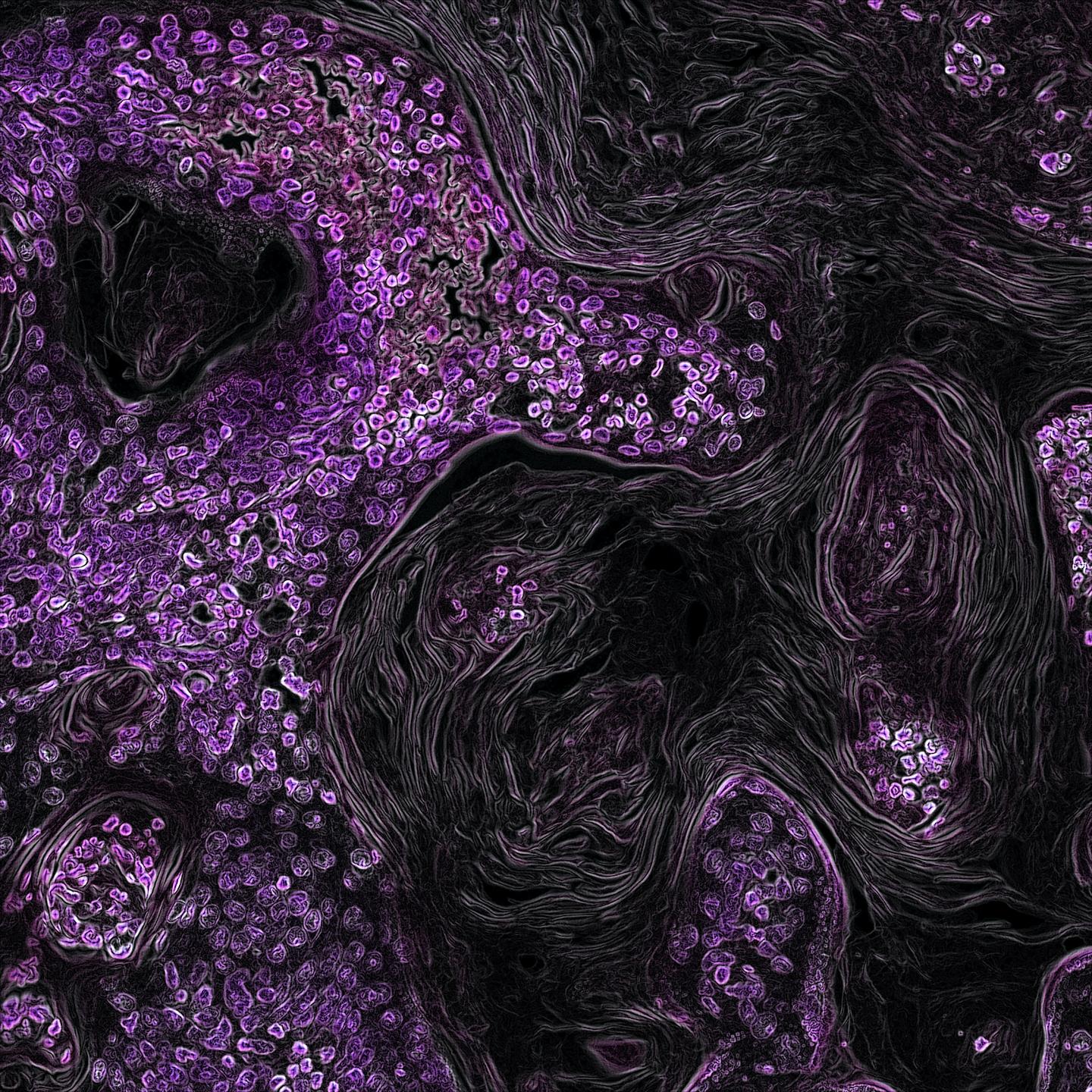1.1 Sample 1 » Explanations
Question 1
In the experimental evolution of snowflake yeast, what characteristic is selected for?
Cell number
Cell-cell bond strength
Cellular aspect ratio
Cluster weight
Clusters are selected by allowing them to sink to the bottom of the liquid growth medium: floating clusters and single cells are removed while those at the bottom of the growth container are retained. The selection is therefore based on cluster weight, or the ability of the cluster to settle due to gravity.
Question 2
How does cellular elongation facilitate the growth of larger clusters?
Elongation decreases the importance of the budding angle.
Elongation increase the cell division rate.
Elongation decreases the density of cellular packing.
Elongation increases the cell-cell bond strength.
Cellular elongation allows for a looser packing on cells that facilitates cluster growth without incurring intracellular stresses from dense packing. The budding angle remains an important factor in determining how many buds can fit on the mother cell. Cell division rate is not a factor in the model or in the experimental set-up (at most timescales). Cell-cell bond strength is not known to be affected by cellular elongation and is shown to have negligible effects – compared to aspect ratio – in the model.
Question 3
How does the budding angle affect the structure of a cluster?
Smaller budding angle allows fewer possible bud sites per cell.
Larger budding angle contributes to more intracellular stresses.
Highly variable budding angles result in large clusters.
Larger budding angle increases cellular packing.
A smaller budding angle, for instance 30°, does not allow space for many buds to form on the mother cell before new buds would interfere (overlap) with each other. This can be demonstrated in the simulation: changing the budding angle from 30° or 60°, the cluster morphology changes from very filamentous to more spherical. A larger budding angle may lessen intracellular stress, indirectly, by not crowding (overlapping) cells and thus decreasing cellular packing. Highly variable budding angles do not have a positive effect on cluster size.
Question 4
Which of the following statements is true about the experimental evolution of multicellularity in snowflake yeast?
Mutations that change cell geometry are more common than mutations that change cell-cell bond strength.
Selection for cluster size favors selection for elongated cells.
Simultaneous changes in cell geometry and cell-cell bond strength are essential for large clusters.
All of the above.
The one true statement, based on the available evidence, is that selection for cluster size favors selection for elongated cells. This finding does not imply that underlying genetic changes are biased toward effects on cellular geometry, simply that changes in cellular geometry are under selective pressure in this system. While more experiments are needed to determine the relative contributions of cell geometry and cell-cell adhesion, the evidence thus far suggests that changes in cell geometry, and their subsequent effects on cell packing, may be sufficient for the transition to large, multicellular clusters.
Question 5
Beyond what amount of variability (noise) does cluster size become adversely affected?
0.00
0.01
0.10
0.20
The paper describes that increasing variabiligy in the budding angle or in cellular aspect ratio has no or a small positive effect on cluster size up to approximately 0.10. At variances greater than 0.10, the noise adversely affects cluster size, ie. clusters are generally smaller.

